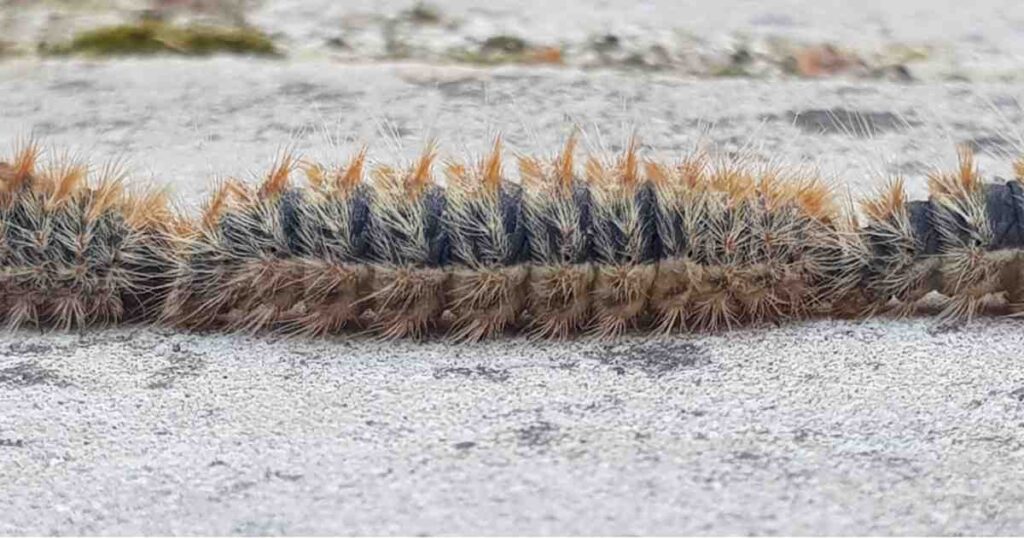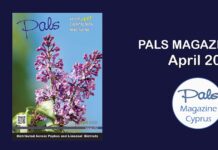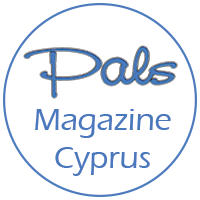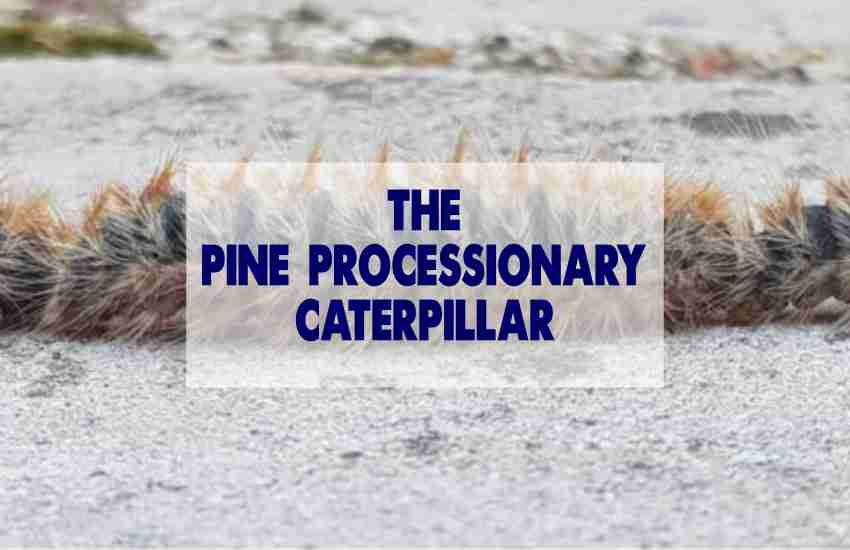
March is here and soon we will have sightings of the infamous Pine Processionary Caterpillar. These small creatures make an appearance every spring and are a concern to every dog owner.
The Pine Processionary Caterpillar is very distinctive and can be easily recognized and hopefully avoided. The caterpillars are hairy, orange-brown in colour with blue bands. The caterpillar’s lifecycle revolves very much around pine trees. You may have seen their tent like nests high up in pine trees over the winter. These nests have the appearance of white fluffy balls. It is within these nests that the caterpillars spend the winter months coming out at night to feed on their staple diet the pine needle. It is for this reason that you won’t find their nests in other “leafy trees”.
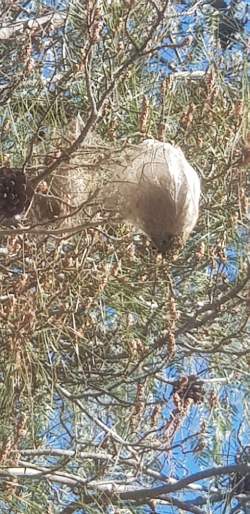
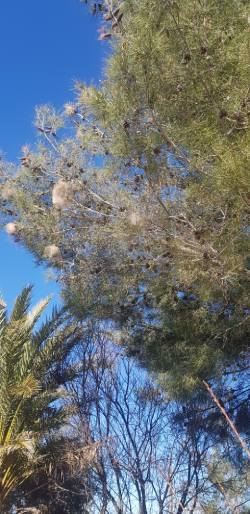
In the spring the pine processionary caterpillars leave their nests to start the next stage in their life cycle. On leaving the nest the caterpillars form up head to tail in a long line and make their way along the ground in a long procession, hence the second part of their name – processionary. Up to 300 caterpillars may form these distinct processions as the caterpillars travel looking for soft soil to bury themselves in and cocoon.
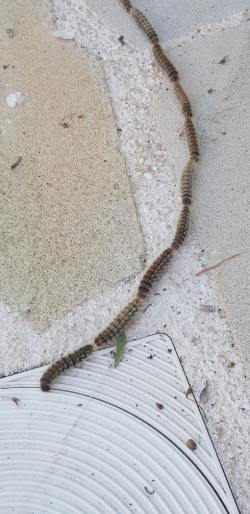
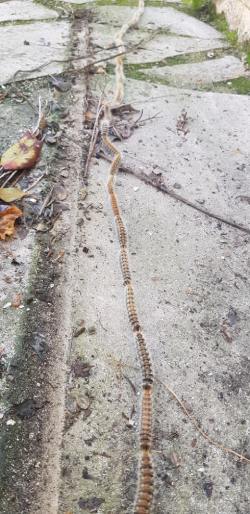
From May to August the adult moth will emerge. The moth will only live for a single day giving it enough time to mate and lay eggs at the top of a pine tree. The eggs will hatch into larvae that feed on the pine needles. The larvae will develop into caterpillars and as winter approaches, they will construct their distinctive nests.
It is at the point that they leave the nests that the pine processionary caterpillars are a threat to inquisitive dogs and even people. For protection against predators the caterpillars have thousands of tiny hairs which contain an urticating, or irritating, protein called thaumetopoein. If these hairs come into contact with people and animals, they can cause painful skin, eye and throat irritations and rashes and, in rare cases, allergic reactions. They have been numerous reported cases in Cyprus of dogs needing treatments such as partial amputations of their tongues.
